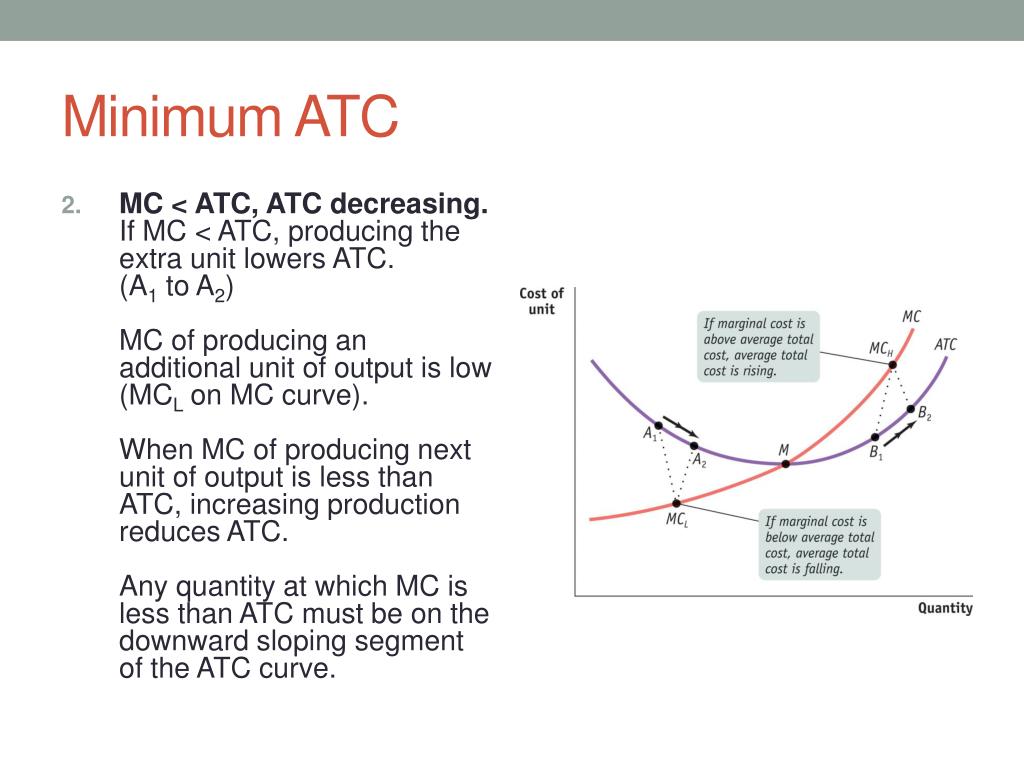
This is because, as additional units of variable components are added to a fixed factor,, the efficiency of the inputs initially rises, then falls. The average fixed cost falls as output risesĪt first, the average variable costs will fall and then rise as more units are produced in a firm. The reason for this is that overall fixed costs stay constant regardless of output.

The larger the output, the lower the fixed cost per unit (average fixed cost). Entrepreneurship, land, labour, capital goods, and other factors all change over time to achieve the desired level of profits, and the cost of each item contributes to the long-run costs.Ĭost-Output Relationship in the Short Run These costs are incurred on fixed factors of production, such as plant, building, and machinery.Īs the firm’s size of production grows, even fixed costs become variable costs in the long run. it is spread over a wide range of output. The long-run cost is a cost in the production process that has long-term repercussions, i.e. If a firm could sell the additional unit at a price greater than the cost incurred to create the additional unit (marginal cost), the firm may elect to produce the additional unit.īecause of increasing returns at first and then diminishing returns, the short-run marginal cost (SRMC), the short-run average cost (SRAC), and average variable cost (AVC) are all U-shaped. The marginal cost of a firm is used to decide whether or not more units should be produced. The change in short-run total cost owing to a change in the firm’s output is referred to as short-run marginal cost. The change in a firm’s total cost divided by the change in total output is known as marginal cost (MC). It begins to drop, reaches a minimum, and then begins to rise. To compute SRAC, the short-run total cost is divided by the output.Ī firm’s SRAC is U-shaped.

The short-run average cost (SRAC) of a firm refers to the per-unit cost of output. The average cost is determined by dividing the total cost by the number of units produced by a firm. The SRTC is calculated by adding fixed and variable costs. As output rises, TVC rises, and as output declines, TVC also declines. These costs are proportionate to a firm’s output. It is a straight horizontal line parallel to the x-axis. Whether a firm produces an output or not, TFC remains constant. These costs are constant regardless of production. An organisation’s Short-Run Total Cost (SRTC) is made up of two cost- TFC and TVC:

The total cost is the real cost that a firm incurs to produce a certain level of output. The expenditure made by the producer on factors of production is called the cost of production. As a result, the short-run cost is always considered a variable cost. The short-run cost varies with the change in total output from an analytical standpoint, while the firm’s size remains constant. As a result, the short-run cost includes all costs expended on variable components such as labour and raw materials. In the short run, there exists both fixed as well as variable costs.įor example- Let’s say a firm notice a sudden rise in demand for caps and it realises that the only way to meet the additional demand in the short run is to change the temporary elements, like, the firm can hire more labours or buy raw materials in bulk, but the plant size or machinery cannot be changed to increase the firm’s production capacity of caps. These are the costs that are made only once and cannot be recovered, such as wages, raw material costs, electricity bills and so on. Short-run cost is the price of a product that has short-term implications in the production process, i.e., it is used across a limited number of end products.


 0 kommentar(er)
0 kommentar(er)
